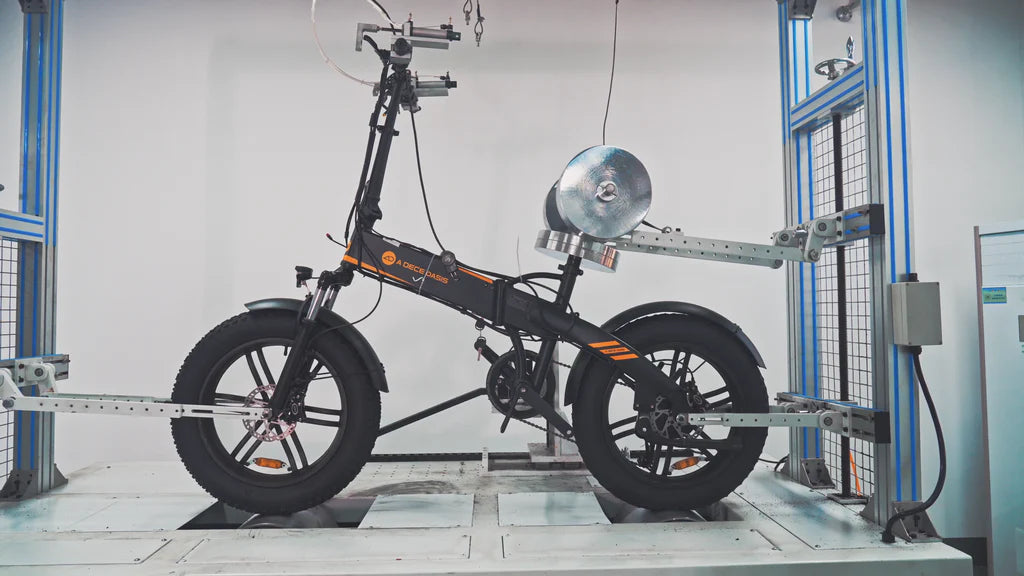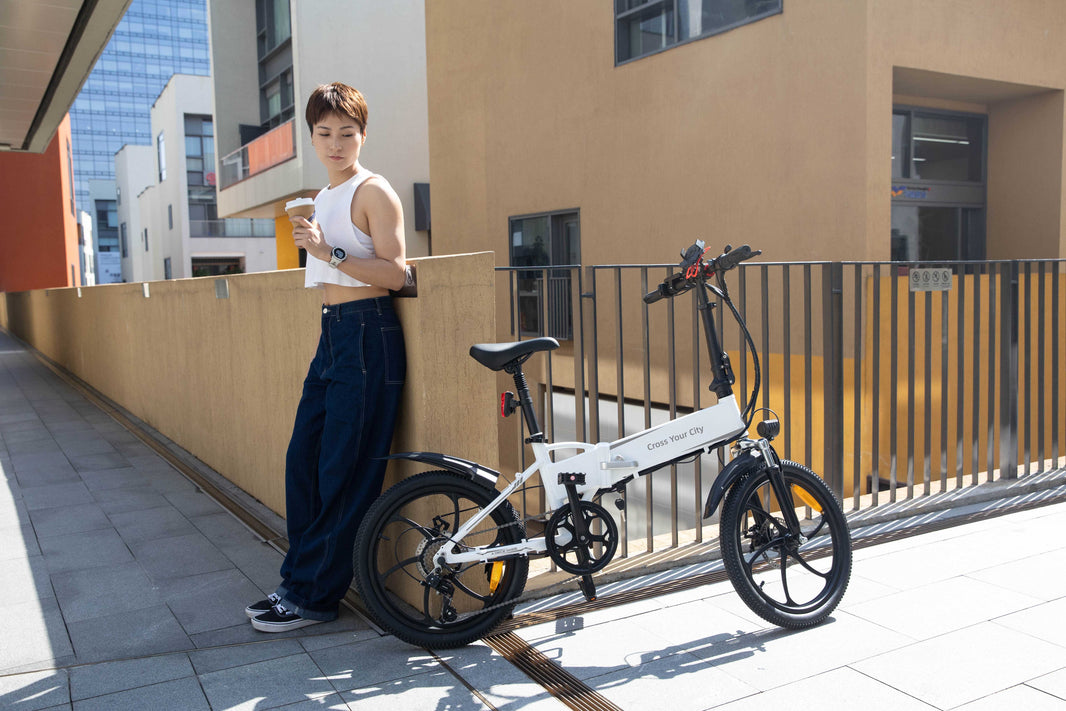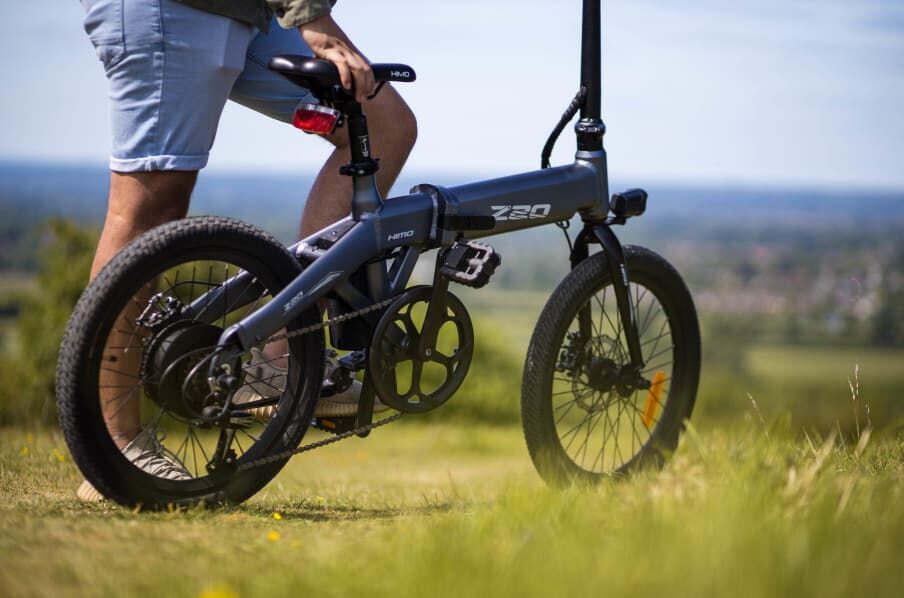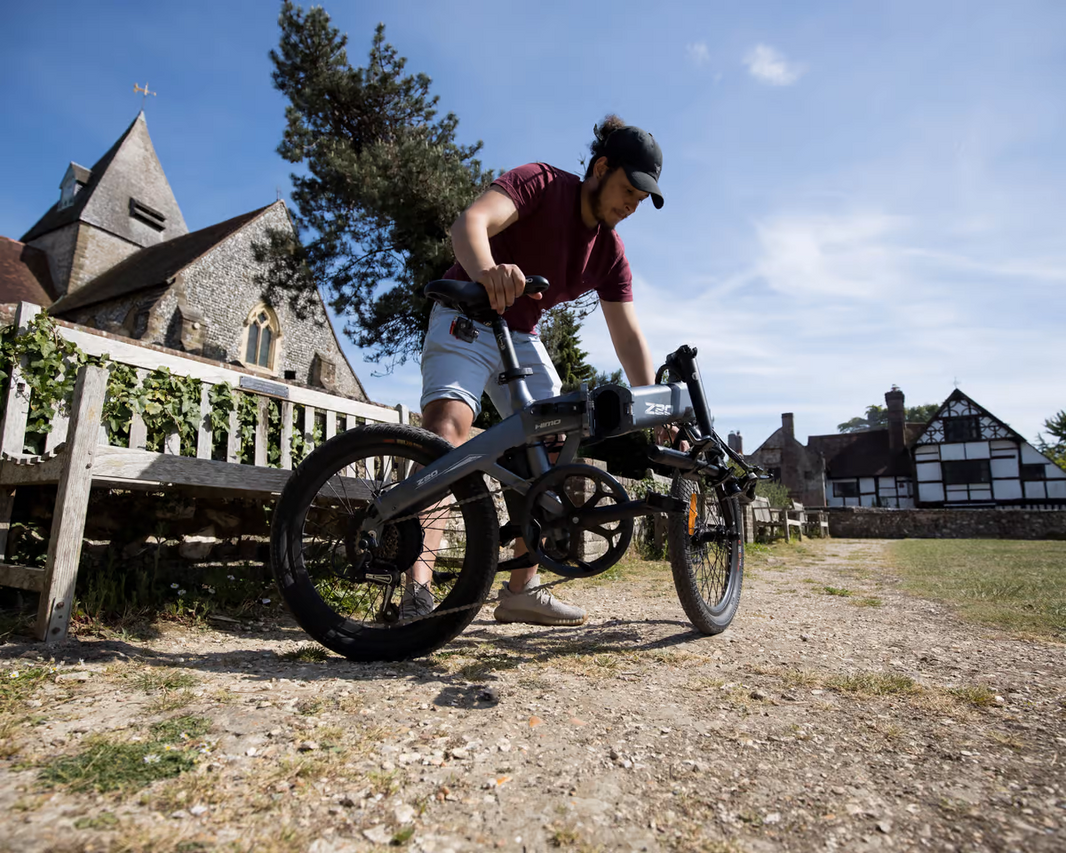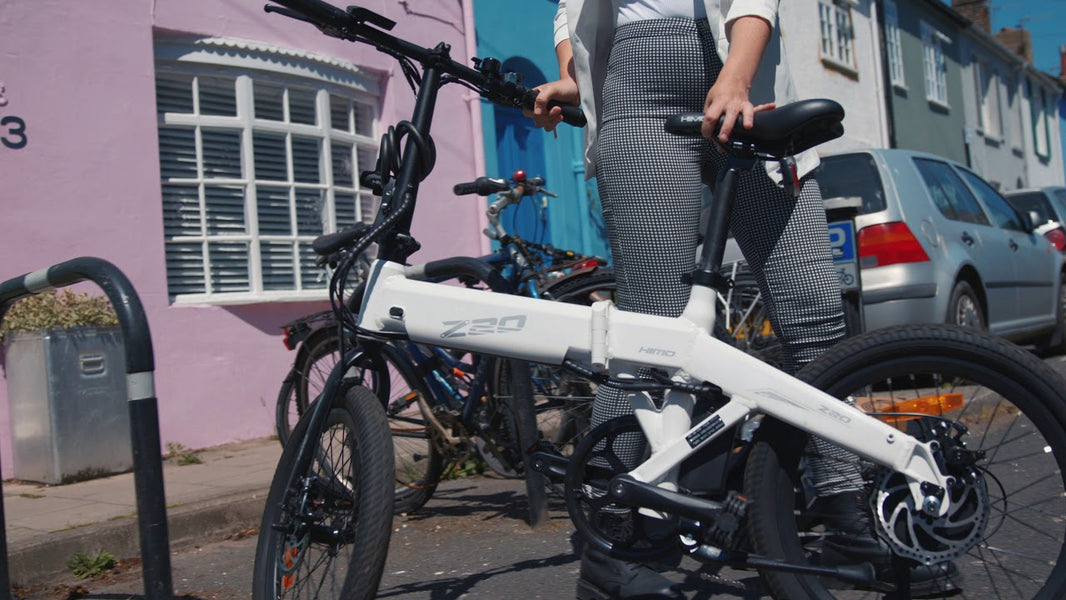The expense of charging a e-bike depends upon its batteries along with local electricity costs. Batteries with higher capacities and voltages cost more, but on average, charging an e-bike only costs between 4 to 12 cents!
The 3 main factors are battery voltage, local costs and the amp-hours of the batteries! E-bike battery voltage is normally 36 or 48 volts - 36 volt batteries cost less to charge! The capacity of the batteries is measured in amp-hours - higher amp-hours batteries cost more to charge and obviously having the best local electricity rates will help you save money!
Charging an e-bike takes between 4 to 8 hours - with smaller capacity batteries taking less time! They can be charged at public electric vehicle charging stations where, in the USA there are more than 15,000. Some European countries are subsidizing e-bikes to encourage low carbon-travel! The range you can expect is 22-50 miles on one charge with some leisurely pedalling. There are even e-bikes with an 80 mile range and the individual ranges depend upon factors including battery capacity, wind and slopes!
Here are tips to help you save charging and other costs:
- Travel on shorter journeys - this reduces the energy used and the costs to charge
- Use lithium-ion (li-ion) batteries - these batteries actually cost more initially as they are high quality but for long term use they have longer life spans to help you save!
- Use a dedicated e-bike charger - these like the li-ion batteries these also have a higher initial cost, but as they are more efficient at charging your e-bike, they will help you save in the long term!
- Use a solar panel - this is a free way to charge your e-bike!
- Depending of your electricity supplier, charge during off-peak hours - some energy companies charge less at certain times of the day
- Nearly fully charge your battery, but don't fully charge it - when you fully charge it to 100%, ensure you use it as soon as possible so it doesn’t remain at full capacity while not in use - this will help prolong battery life!
- Use every opportunity to charge the battery - get in the habit of keeping your charger to hand and charging it when for example when eating!
- Don't let the battery percentage drop to 0% - batteries work at their best when their charge is between 20-100%. if the battery level drops to 0%, the battery life decreases. This means it is best to charge in when the battery gets to around 20%
- Avoid blowing a fuse - turn off the power supply before plugging or unplugging when charging to avoid having power in the charging brick. Not doing so can damage the charger!


